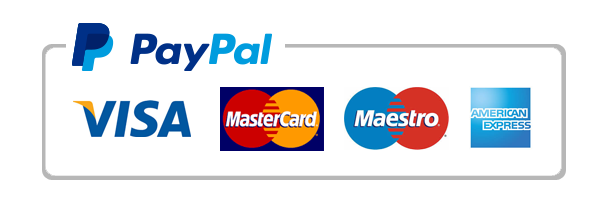To Build a Fire
Perception of backcountry and wilderness are not exclusive to minority groups. The notion of ‘Man versus Nature’ is a common theme in history, urban development, and literature. This ideology was probably first made apparent to you during High School English/Literature courses. This ideology pervaded human thought, development and culture milieu for the majority of human history. Rivers were dammed, landscapes changed,
Even in Outdoor Recreation, this line of thinking is still around. Survival Skills like shelter building, fending off wild animals and battling to survive the harsh elements away from indoor spaces. One of American author, Jack London’s most famous short stories ‘To Build a Fire’ wonderfully conveys the physical and psychological frailty of man in the face of a harsh, ambivalent ‘nature’.
After reading and taking notes, please answer the following questions below the links.
Jack London- To Build a Fire
https://americanenglish.state.gov/files/ae/resource_files/to-build-a-fire.pdf
https://www.youtube.com/watch?time_continue=1&v=zUyVMNShdAc&feature=emb_logo
Questions: No definite word count. Just answer the questions
1. Why do you think the protagonist is referred to as “the man” as opposed to being given a name?
2. London writes, “He was quick and alert in the things of life, but only in the things, and not in the significances”. What does this tell us about the man? What is his character like?
3. How are the man and the dog similar? How are they different?
4. Why does London point out that the dog acts from instinct?
5. What do you think London means when he says, “This man did not know cold”?
Alternative Readings
Earnest Hemingway- The Old Man and the Sea
http://www.arvindguptatoys.com/arvindgupta/oldmansea.pdf
John Krakauer- Into the Wild
http://www.metropolitancollege.com/Into%20The%20Wild.pdf

